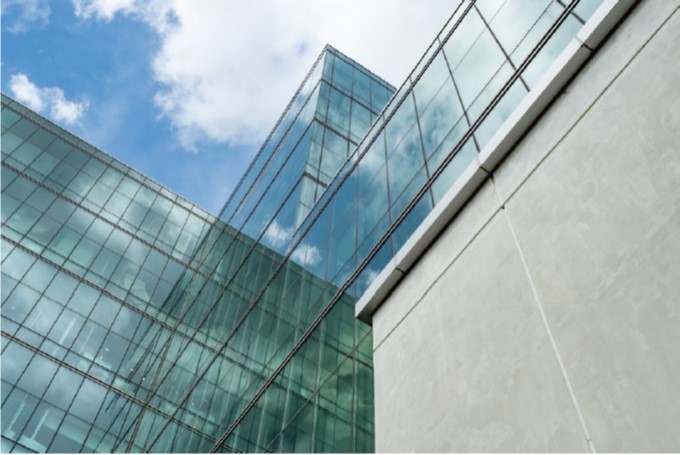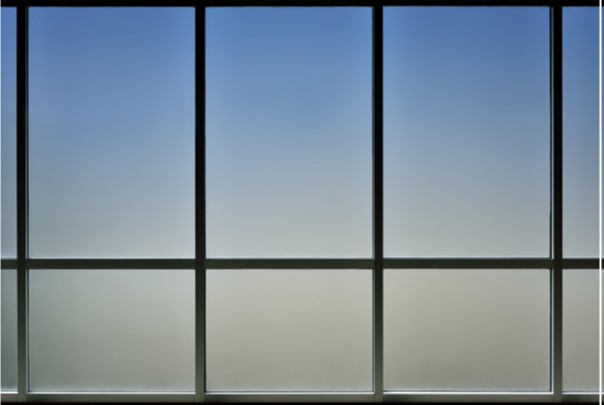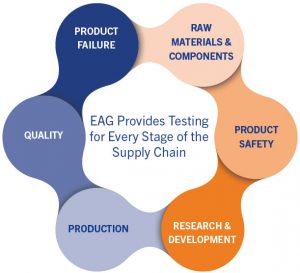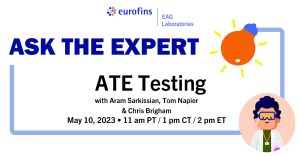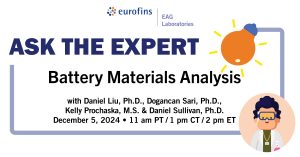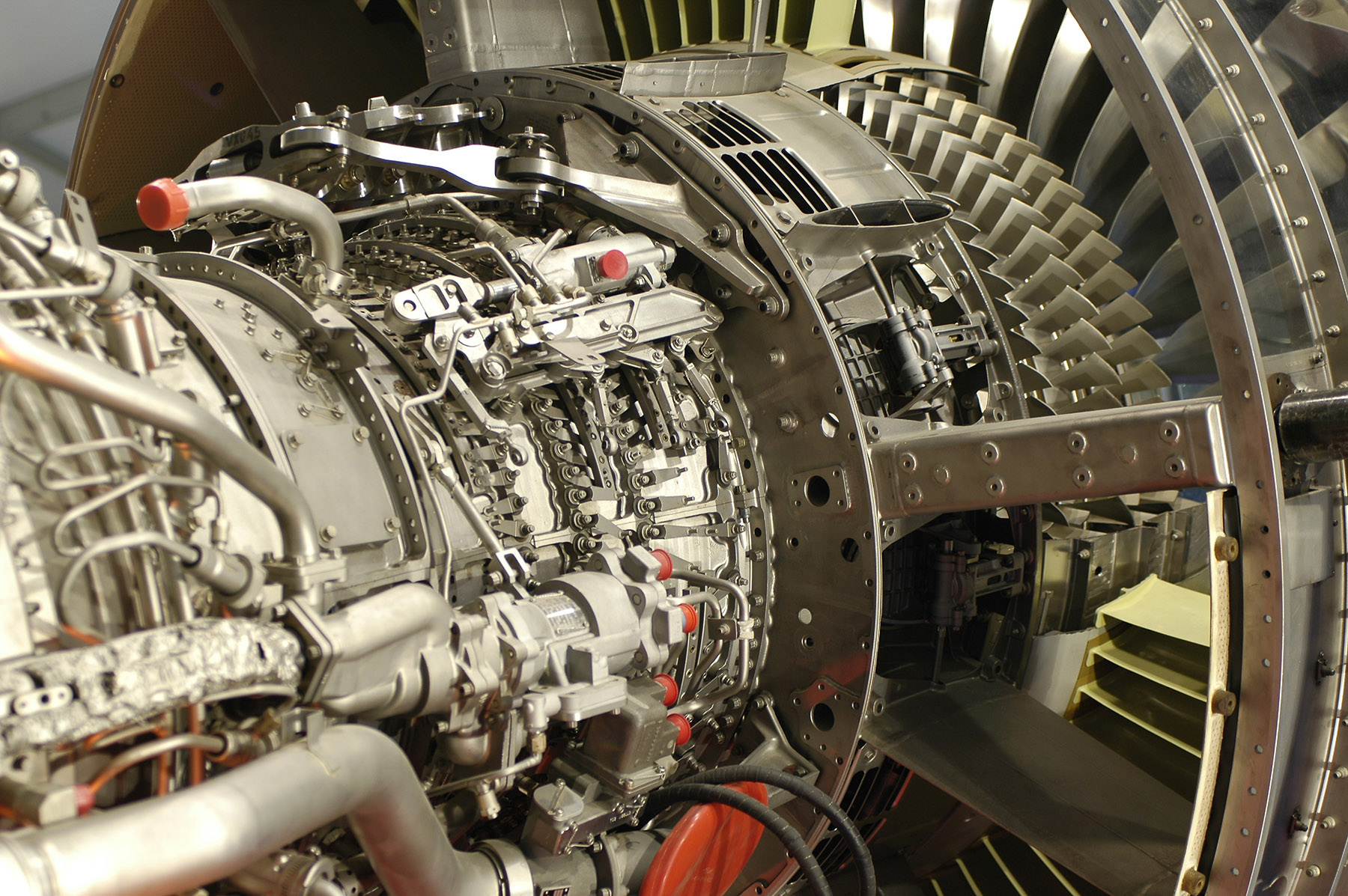
Detecting the Invisible: How Full Survey Chemical Analysis Prevents Aerospace Failures
Learn about the important role of Glow Discharge Mass Spectrometry (GDMS) in preventing aerospace failures. Even the smallest impurities can cause catastrophic results.
